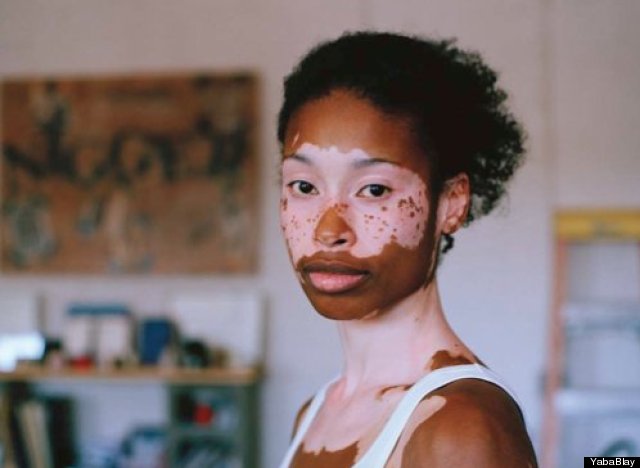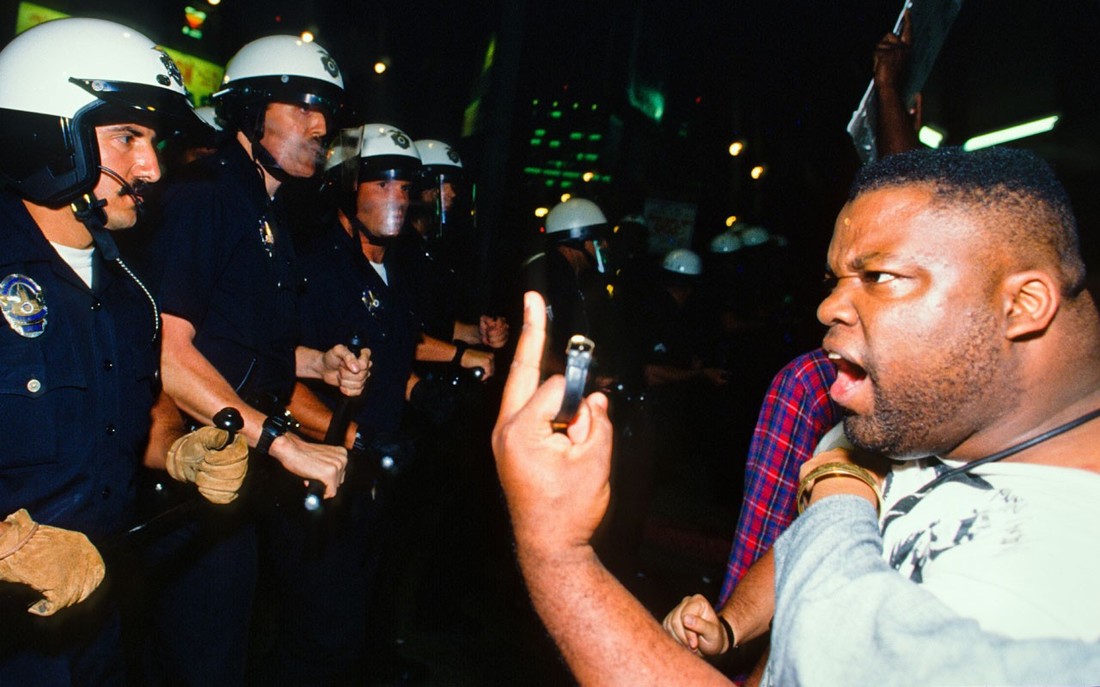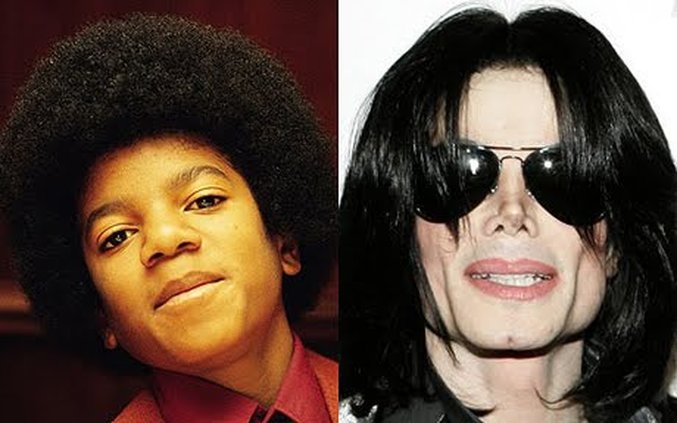by Danielle Leach
The Origin of FDMG Academy Vision
At the end of 2013, Dr. Umar first introduced the idea of opening up a residential academy for Black boys at the Meeting of the Minds (Think Tank) in Norfolk, Virginia meeting. During this meeting, Dr. Umar and members of the Black community brainstormed different schools that were up for sale and available which would make a good location for the FDMG RBG Academy. One of the schools was St. Paul's College. Saint Paul's College is a historically Black college in Lawrenceville, Virginia opened in 1888 by James Solomon Russell, freed slave and friend of Booker T. Washington. The school started with a dozen students and gained a steady enrollment over time. St. Paul's last graduating class was in June 2013.
One day, Dr. Umar received a call saying that St. Paul's would be going up for auction. Dr. Umar called the president of St. Paul's College to negotiate a bid on the college for $3 million. They wanted 4% down (~$150,000 down payment). The college didn't sell at the auction. So Dr. Umar was invited to visit to negotiate a deal.
Why St. Paul's?
90 miles from Richmond. 90 miles from North Carolina border
Southern Virginia
137 acres (of 500 acres. They sold 300 acres, which Dr. Umar initially intended to build a Black Wall Street on the excess acres).
“Black Wall Street” would consist of teacher and parent houses, gas station, supermarket, daycare, cleaners, fire department, police department. The ultimate vision? To incorporate into a city. The school would be the “foundation for a 21st century Black Wall Street Operation” proclaims certified School Psychologist, Dr. Umar Ifatunde.
The school is “small enough for a college, but big enough for the vision.” It has dormitories, brand new state of the art student center (built by alumni), a gymnasium cafeteria, and most importantly it's surrounded by undeveloped acres in a rural area, enclosed by an African-American community. The operating expenses were reported at $40-$60,000/month.
While on the tour, Dr. Umar was told by the realty company that he had until July-August to raise 2.5 million dollars.
FDMG Academy Fundraiser began on May 20, 2014 and nearly $150,000 was raised in 30 days.
School Objective: To teach youth knowledge of self (African Identity) and leadership
Key Curriculum Components:
Core: math, science, social studies, language arts
Agricultural science (farm)
Raw Food* Organic (no oven, microwave, or stove)
Natural Hair care
Clothing Manufacturing
Hospitality/Tourism/Hotel and Restaurant Management
Financial Economic (9th grade taxes*, 10th grade real estate, 11th grade business plan, 12th grade stock market/multi-trading, international commerce)
Military science (how to survive off the land)
To Make a donation, make checks payable to:
FDMG Academy
P.O. Box 6872 Philadelphia, Pennsylvania 19132
[email protected]
Include name and mailing address so you can be honored for your donation. If you contribute $1000 or more, you will be named as one of the founding mothers/fathers.
To apply:
Send resumes to [email protected]. African-centered, pro-heterosexual applicants are encouraged to apply.
Degree required:
-certified math teachers, science, social studies, language arts
(bachelor's degree required; 18 college credits specific to content area you will be teaching at the school)
-social workers, nurses, building engineers, stock brokers, economists
Degree not required:
special skilled jobs
secretaries
security guards
natural hair care stylists
organic/raw food chefs
farmers
janitors
painters
bus drivers
classroom assistants
Other cities of interest: Chicago, Detroit, Atlanta
School suggestions? Send your school suggestions to Dr. Umar Ifatunde via text at 215-989-9858
School specs: 500-3000 student capacity
Source: https://www.youtube.com/watch?v=AyFuIfSPml4










 RSS Feed
RSS Feed
